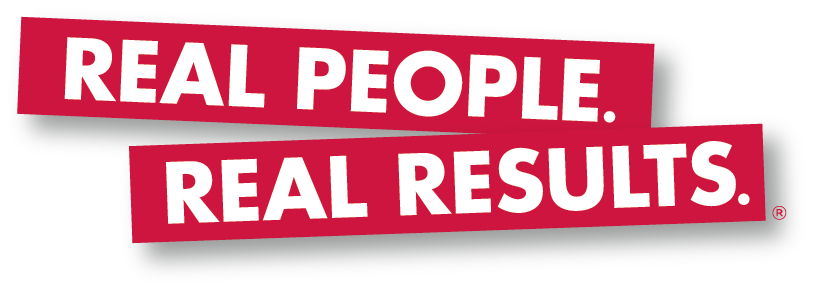Now you have the team performing and they are delivering at a high level, with a stabilized distribution process, it’s time to systematize the management of the Business and leverage technology to move your business further The third part of this four-part series will focus on systematizing your organization and using tech to make it easier to implement.
Processes and procedures are part of a larger system, and if you don’t have the steps memorialized and reinforced throughout your business, the systems will break down. If your systems are missing critical input and lack comprehensive review, the very foundation of your organization is on shaky ground. If all the measure, steps and knowledge is locked in your mind alone and isn’t spread throughout your team, they wouldn’t be able to run the systems that ultimately delivery at a high level to your customers. That means all the work you did to ensure you have the right team and everything you did to ensure your delivery and distribution are improved will be wasted.
To begin, you must narrow the field. Start by asking a few questions.
- What do I do every day and week and month?
- How often do I do that?
- How long does it take to do each task?
- What would be considered a good day of activity in tasks?
- How do I carry out each of the tasks?
- Why do I do it the way that I do? What happens if I don’t?
Once you have an idea of what your processes and key tasks are, then you do the same exercise with everyone on your team. This is where we start the process of getting the business to work without the owner. By systematizing each section of how the business runs from how the phone is answered by the first point of contact, to how the management team performs planning and strategy, look for ways to simplify and systematize the business to enable constancy and predictability.
“Systematize the routine humanize the exception”
In this stage document all the systems and procedures within the business. Starting from the bottom up the owner gets team members to document how they complete routine tasks start with Daily/Weekly/Monthly task from the bottom of the organization first. Most large companies already have processes, structures, and systems in place. The challenge becomes improving these things, as well as adapting them to new market realities and demands.
When documenting these procedures and when looking for ways to eliminate redundancy, simplify steps and improve execution there are more questions that must be addressed.
- What are the most important processes in this organization?
- Which of these processes should be improved for efficiency’s sake or to better serve our customers?
- In what ways does our organizational structure cause inefficiency, lack of accountability, poor communication, delays, poor customer service, and/or lack of clarity of roles?
- How can we improve our structure?
- What are the most important systems and technology in the organization?
- Which of these should be the highest priority to improve?
Here are a few ways to document your input on systems.
- Flowcharts
- Documents
- Checklists
- Videos
- Audios
- Photographs
- Computer Systems
What systems should you dissect, retool or refine? All of them. Start with each of these areas.
Daily office operation systems
- Answering the telephone
- Receiving and opening the mail
- Purchasing and maintaining office supplies and equipment
- Faxing and e-mailing
- Dealing with incoming/outgoing delivery needs
- Backing up and archiving data
Product development systems
- Developing product and protecting it legally
- Developing packaging and collateral material (eg catalogues)
- Developing manufacturing methods and procedures
- Developing manufacturing costing and bidding process
Manufacturing and inventory systems
- Selecting vendors
- Determining product or service warranties offered
- Establish product or service pricing (retail and wholesale)
- Establishing reorder process for inventory production
- Receiving and storing product inventory
- Reconciling physical inventory with accounting records
Order processing and tracking systems
- Taking orders and recording the orders by mail, fax, phone or online
- Fulfilling and packaging the orders
- Confirming details before service or product delivery
- Sending the orders
- Management system for freight, couriers and vehicles
Order tracking systems
- Invoicing and Accounts Receivable Systems
- Invoicing customers for the orders
- Receiving payments for the orders and crediting customers for payment (whether cash, check or credit card)
- Monitoring credit control and age of accounts
- Starting the collection process for outstanding receivables on a timely basis
Customer Service Systems
- Returns procedure for inventory receiving and customer payment return
- Responding to customer complaints
- Replacing defective product or performing other warranty service
- Measure quality and professionalism of service delivery
Accounts Payable Systems
- Purchasing procedures and approvals required
- Payment process for supplies and inventory
- Petty cash
Sales and Marketing Systems
- Create an overall marketing plan
- Designing and producing promotional materials
- Developing general leads and prospects
- Creating an advertising plan
- Creating a public relations plan
- Creating a direct mail plan
- Developing and maintaining a database
- Developing and maintaining a website
- Analyzing and tracking sales statistics
- Continuously measure number and origin of all leads
- Measure conversion rate for each salesperson
- Measure your average £ sale for every team member
- Keep a record of your profit margins
Technology can help systematize and simply your process. Investigate CRM (Customer Relationship Management) systems to manage data; Quick Books and like software to help you with financial reporting and automated marketing deployment tools like Hootsuite to assist you with reducing time and save your organization money. If computers and phone systems are old and lack capacity to meet your needs, consider upgrading. Investing in the short-term can lead to big returns in the long-term.
If it seems like a huge project. You aren’t wrong. It is. But with the help of a professional business coach you can breakdown the project in rational and logical steps. A business coach wouldn’t give you a laundry list of ills, they will work with you and your staff to make meaningful and last change to your organization. Their objective eye will help you see what you may have missed or have avoiding seeing for a long time.
ActionCOACH® has been helping businesses for more than 25 years and focuses clients on implementing logical and easy to apply systems and processes to grow their enterprises. Unlike pricey consultants that hand you a list of what you are doing wrong, an ActionCOACH will help you make real change in your business that is lasting and transformational. We have more than 1,000 globally and in nearly 70 countries. To learn more about ActionCOACH or to schedule a complimentary Coach Session click here.






